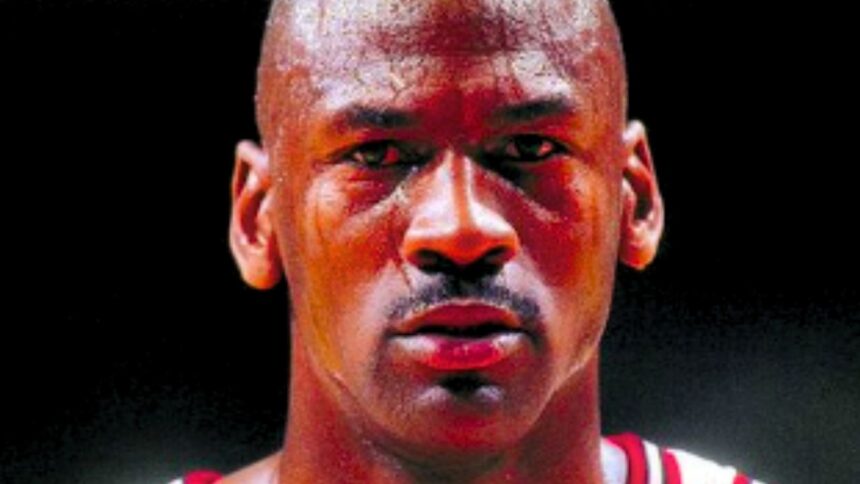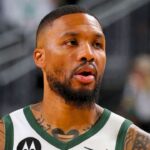The ongoing debate over which NBA era boasts the greatest players has ignited yet again, this time with an unexpected twist courtesy of comedian Aries Spears. In a recent interview, Spears didn’t just offer his two cents; he brought the house down with a vehement defense of the basketball legends from the ’80s and ’90s, particularly in contrast to the current generation of players. His remarks not only added fuel to the fiery discourse but also shed light on a perspective often overlooked in the perennial debate.
As the conversation unfolded, Spears wasted no time in debunking the notion that today’s players are on par with the toughness and durability of their predecessors. With a flair for colorful language, he likened modern-day athletes to “fiberglass,” contrasting them sharply with the iron-willed icons of yesteryears, notably Michael Jordan. The comedian’s choice of words not only struck a chord but also served as a poignant reminder of the grueling demands faced by players of past eras, who routinely battled through injuries and fatigue to deliver night after night.
Courtesy of VladTV:
Indeed, the comparison between eras is not merely a matter of statistical analysis but a clash of cultures, styles, and physicality. Spears’ impassioned defense of the Jordan era resonates with those who witnessed the relentless competitive spirit that defined that period. The notion that today’s players “can’t even play back to backs” strikes a chord not only for its humorous candor but also for its stark contrast to the iron-man mentality that characterized the NBA of old.
Yet, Spears is not the lone voice in this symphony of opinions. Allen Iverson, a living legend in his own right, has also thrown his hat into the ring, boldly proclaiming that he could average a staggering 40 points per game in today’s NBA. His assertion, while ambitious, speaks volumes about the evolution of the game and the changing landscape of basketball. Iverson’s confidence in his abilities serves as a testament to his unwavering belief in the timeless greatness of his era’s players.

However, as with any debate worth its salt, dissenting voices have emerged. ESPN analyst Brian Windhorst, for one, has cast doubt on Iverson’s claim, suggesting that he would face significant criticism in today’s hyper-analyzed, media-saturated environment. This critique, while contentious, underscores the complexities of comparing players across different eras and the inherent challenges of projecting performance in hypothetical scenarios.
In the midst of this whirlwind of opinions, one thing remains clear: the debate over the greatest NBA era is far from settled. With each new argument, rebuttal, and counterargument, the discourse only grows richer, reflecting the enduring passion and reverence for the game of basketball. Whether it’s Spears’ colorful commentary or Iverson’s bold assertions, each perspective adds another layer to the tapestry of NBA history, ensuring that the conversation will continue to captivate fans for years to come.




